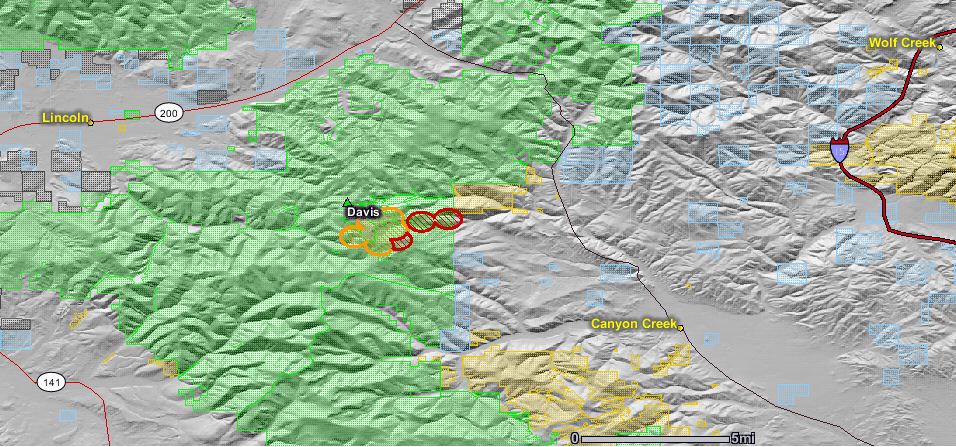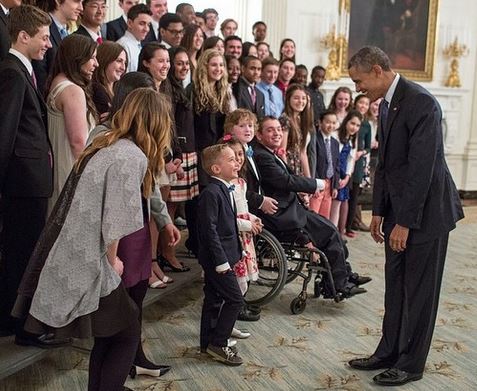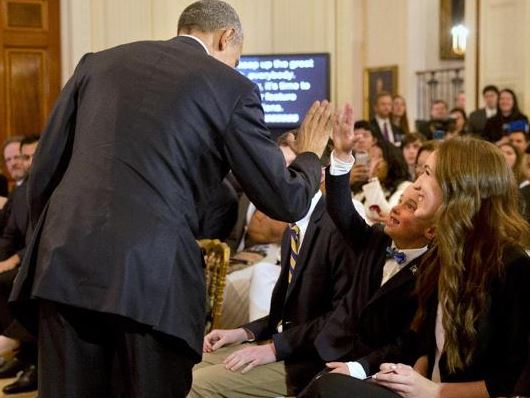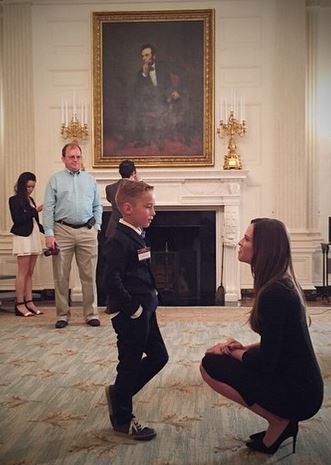
The Missoulian has an interesting article about a fire scientist that influenced wildland fire practices and policy over the last few decades.
Below is an excerpt:
****
“Ron Wakimoto rearranged how we think about fire
Some fire scientists burn down hillsides. Some burn up whole fire policies.
Ron Wakimoto has done both, developing research that helps save the lives of firefighters and helps return fire to the woods after a half-century of fighting to keep it out. Last week, he wound up more than three decades of teaching fire science at the University of Montana’s School of Forestry.
“Ron has been a leader in terms of teaching, and we wanted the students to be able to hear from an elder,” said Colin Hardy, director of the U.S. Forest Service Fire Sciences Laboratory, just before Wakimoto spoke to the annual Mike and Maybelle Hardy Lecture audience last Thursday. “He taught us we need to think about fire management, not just fire suppression. On the political and management side, it’s about air tankers and people on the ground and big iron – it’s a big show. But among fire managers today, Ron’s speaking to the choir.”
“I’m the one who doesn’t wear the green underwear,” Wakimoto joked about his presence as the academic in rooms full of U.S. Forest Service officials. “Policy and science rarely go together.”
Wakimoto got his initial introduction to fire studies from Harold Biswell at the University of California, Berkley. Biswell was a controversial figure then, picking up nicknames like “Dr. Burnwell” and “Harry the Torch” for his avocation of fire as a natural part of the landscape…”








